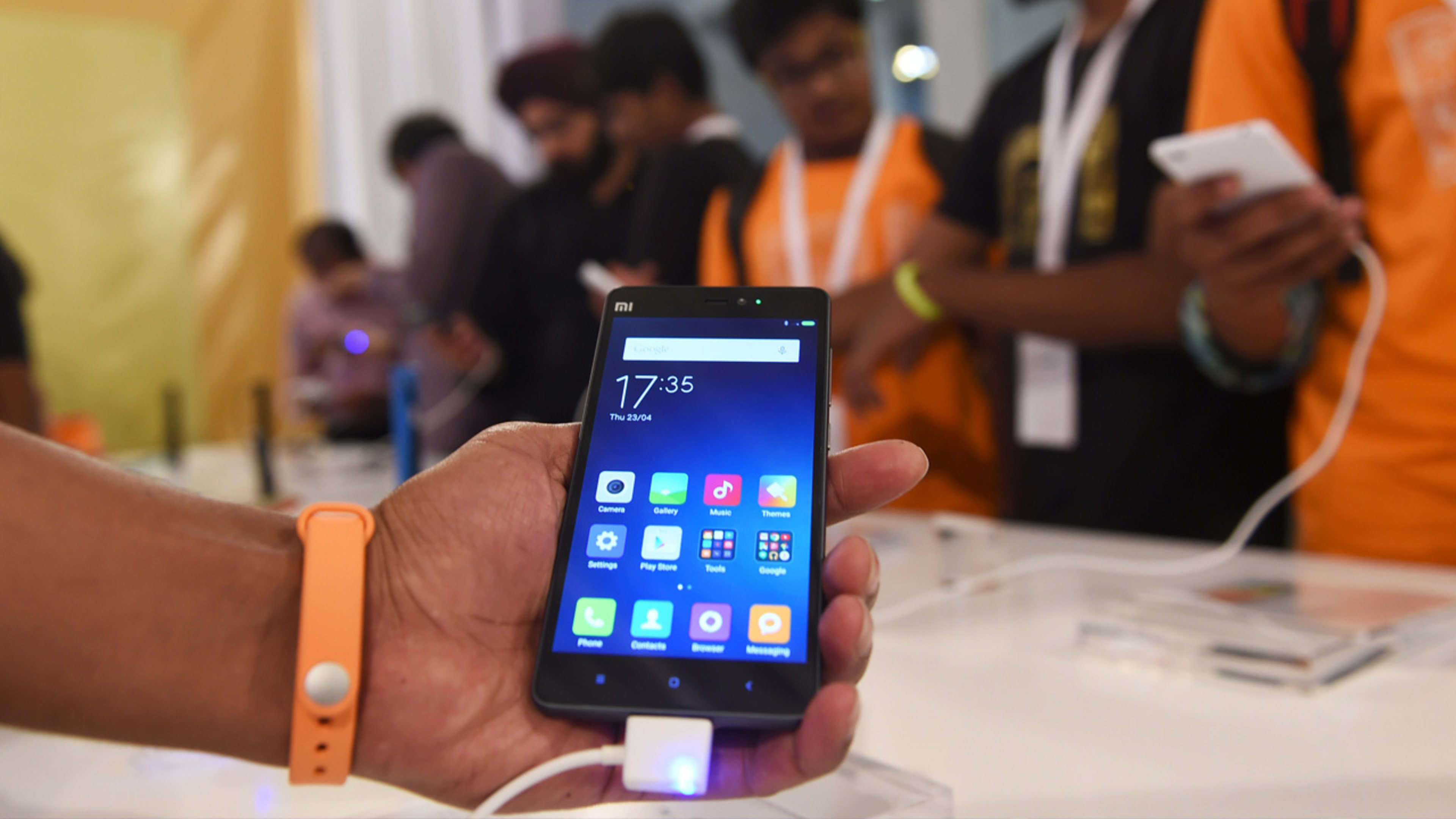The upstart Asian smartphone maker Xiaomi became a serious force in the Chinese market when it overtook Samsung and Huawei as the sales leader in 2014.
But some indicators show that Xiaomi’s fortunes may have gone south after that.
The Chinese company said in 2014 that it expected to sell 100 million units in 2015, but by March 2015 it had revised that number downward to 80 million. And, as the Tech in Asia blog points out, Xiaomi is usually very vocal about its previous year’s sales stats at about this time of year, but the company is strangely silent on the matter now.
When analysts expressed doubts in December that Xiaomi could make even the 80 million number, the phone maker’s chairman, Lei Jun, downplayed sales numbers as a meaningful measurement of his company’s success.
Xiaomi, helped by ex-Google Android exec Hugo Barra, was one of the first Android phone makers to create a feature-rich device with the feel of a “premium” smartphone, yet with a price tag of less than $400. The company’s Mi 4 smartphone was among the best Android experiences available when it appeared in 2014. The company has also been accused of borrowing liberally from the iPhone’s design playbook, but that may have helped sales all the more.
If Xiaomi is indeed missing its sales forecasts, it may be because of headwinds that are affecting all smartphone makers. Samsung said it had missed profit estimates for the fourth quarter of 2015, which includes the holiday shopping season. While the company’s chip business is strong, its smartphone business weakened the tech giant’s bottom line.
Recent research reports say demand for new smartphones around the world will be far softer than in 2015.
Even Apple, which saw huge sales successes with its last two major releases–the iPhone 6 and the iPhone 6s–is facing doubts among some analysts that it can sustain the big numbers during 2016.
Both UBS and Credit Suisse lowered Apple sales expectations based on reports that Apple had significantly reduced orders to suppliers for iPhone 6s components.
“There is quite a bit of smoke here, so we are reducing our [fiscal year 2016] iPhone estimate to 220 million units, down 5%,” UBS analysts said in a recent research note to investors.
Xiaomi’s smartphone fortunes will be tied to its next big release, the Mi 5, which is expected to be unveiled in February.
Recognize your brand’s excellence by applying to this year’s Brands That Matter Awards before the early-rate deadline, May 3.
